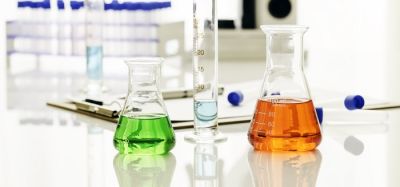Whitepaper: Is it essential to sequence the entire 16S rRNA gene for bacterial identification?
Posted: 1 February 2016 | Charles River | 2 comments
The biopharmaceutical industry, especially manufacturing facilities, needs to implement bacterial identification to avoid the occurrence of a problematic microorganism in the final product that could be harmful for the end user and detrimental to a company’s finances and reputation.
Environmental Monitoring (EM) programs are the keystone of understanding the microbial ecosystem in a manufacturing facility and have become a regulatory requirement for most manufacturers. The EM program is a biological surveillance system which enables companies to quickly identify organisms which are transient or resident in their facilities before these organisms have an opportunity to contaminate a product.
A properly executed EM program provides an early notice of potential contamination problems due to inadequate cleaning, equipment failure, or deficiencies in staff hygiene training, for example, so that problems can be corrected to prevent adulteration of the end product. The production of sterile drugs by aseptic processing procedures can be found in the Food and Drug Administration (FDA) guidelines, it includes a section on EM programs. The USP general information chapter “Microbiological Control and Monitoring of Aseptic Processing Environments” also contains detailed information regarding EM programs.
Related content from this organisation
Related topics
Environmental Monitoring, Microbiology, Research & Development (R&D)











Hi,
Thank you for sending a reprint of your article
Yours sincerelly
Christophe Soumet
A good genetic marker for complementing bacteria identification, is the rpoB gene. The rpoB gene together 16S are a better approach to identify bacteria until specie.